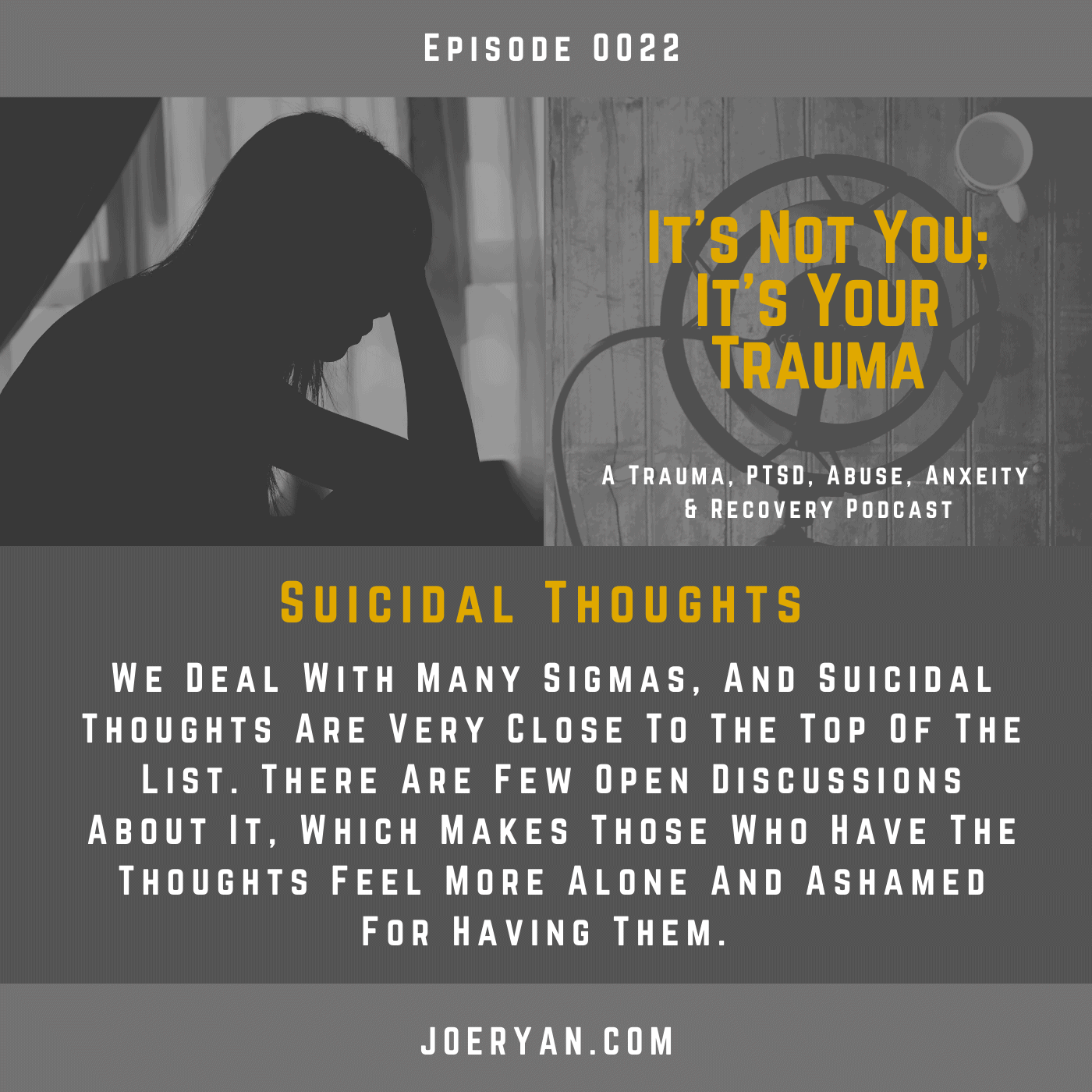
Holds cultural or religious belief that suicide is a noble option to resolving a personal dilemma. Lacks access to healthcare services, especially mental health and substance abuse treatment. Is ashamed to ask for help, especially help for mental health conditions. Has a family history of death by suicide. Has lost relationships through break-up, divorce or death. Has a history of physical, emotional or sexual abuse or neglect or bullying. Has easy access to self-harm methods, such as firearms or medications. Has alcohol or other substance abuse problems. Has long-term pain or a disabling or terminal illness. Has a mental health condition, such as depression and mood disorders, schizophrenia, anxiety disorders. Known factors that increase an individual’s risk of suicide include: What are the situations– risk factors – that could lead someone to consider suicide?Īlthough you may not know what might cause a friend or loved one to attempt suicide, there are at least some common characteristics to be aware of. Young people who are lesbian, gay, bisexual, transgender. American Indian/Alaska Native and non-Hispanic White people. Groups of people who have higher rates of suicide include: It is the second leading cause of death among people ages 10 to 34, the fourth leading cause of death among people ages 34 to 54 and the fifth leading cause of death among people ages among those ages 45 to 54. One person dies by suicide about every 11 minutes. Suicide is the tenth leading cause of death in the U.S. In addition to depression, schizophrenia, bipolar disorder, substance abuse and personality disorders are also associated with increased suicide risk.Suicide is death caused by self-inflicted injury with the intent to die. Here's more information about what depression is and where you can get help.Ī number of other mental illnesses increase the risk of suicide. It is normal to have periods in life where your mood fluctuates or you feel sad, but if you notice that it affects your quality of life, self-esteem and everyday functioning, it is important to seek help. It is not uncommon for people with a clinical depression to have thoughts of suicide. #Suicidal thoughts professional#
If those thoughts become too intrusive, it is important to seek professional help.ĭepression, anxiety and other mental disordersĪbout 20 percent of the population will suffer a depression one or more times in their lifetime.


Having these thoughts is a sign that life is not the way it should be, and that the problems need to be addressed, and a solution found. In other words, suicidal thoughts can happen without there being any mental disorder. bereavement and grief following the death of a loved one.Everyone will mostly likely experience such situations in the course of their life, and for some it may trigger a personal crisis and put the person at risk of suicidal thoughts and suicide.

It is important to be alert to reactions following critical, distressing events in someone’s life. For others, there is no one specific cause.

Some people experience suicidal thoughts in connection with mental disorders and distress, and others as a reaction to a personal crisis. The reasons why someone has suicidal thoughts or chooses to end their life are often complex. Suicidal thoughts can range from passing thoughts that life is not worth living, to actual plans to take one’s own life.








 0 kommentar(er)
0 kommentar(er)
